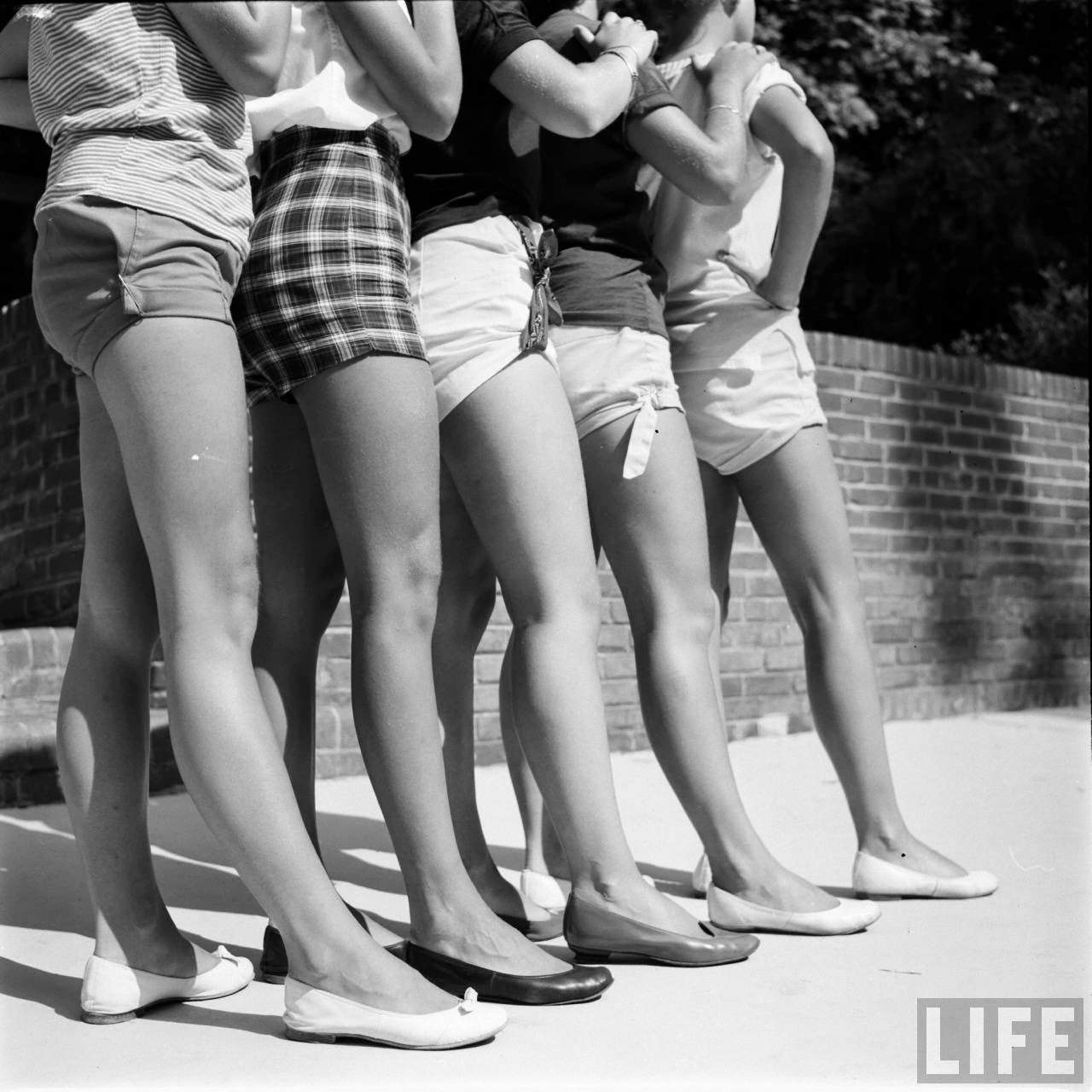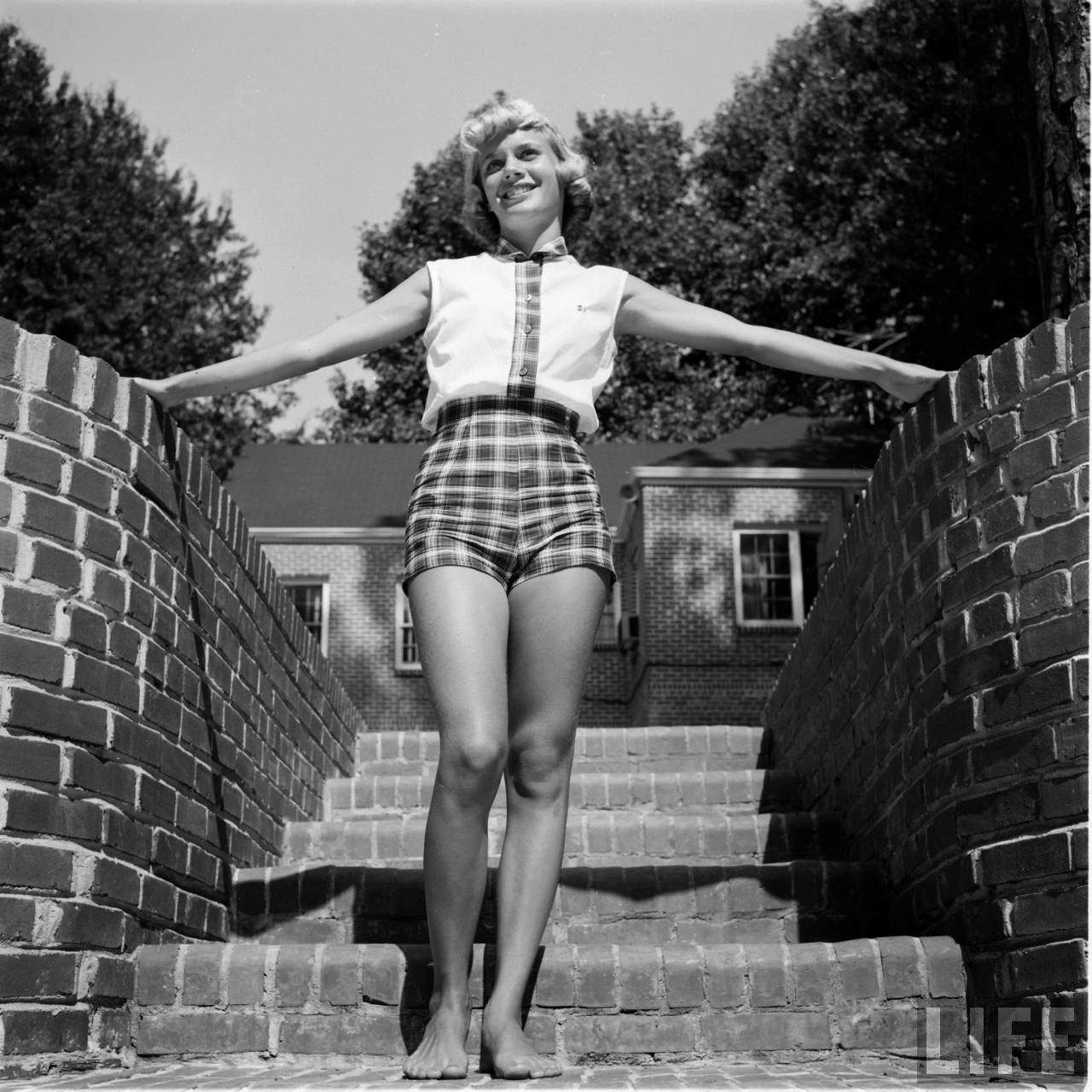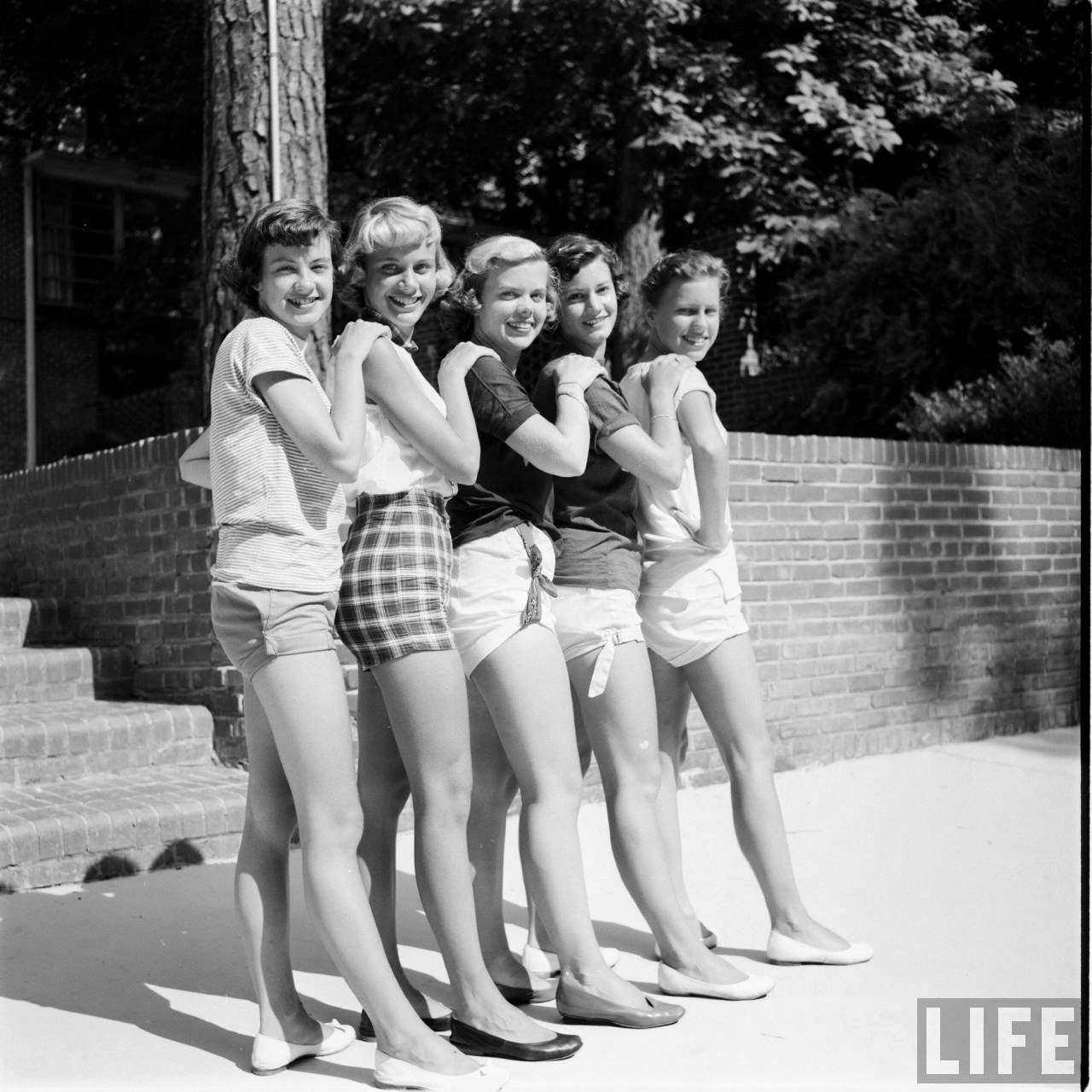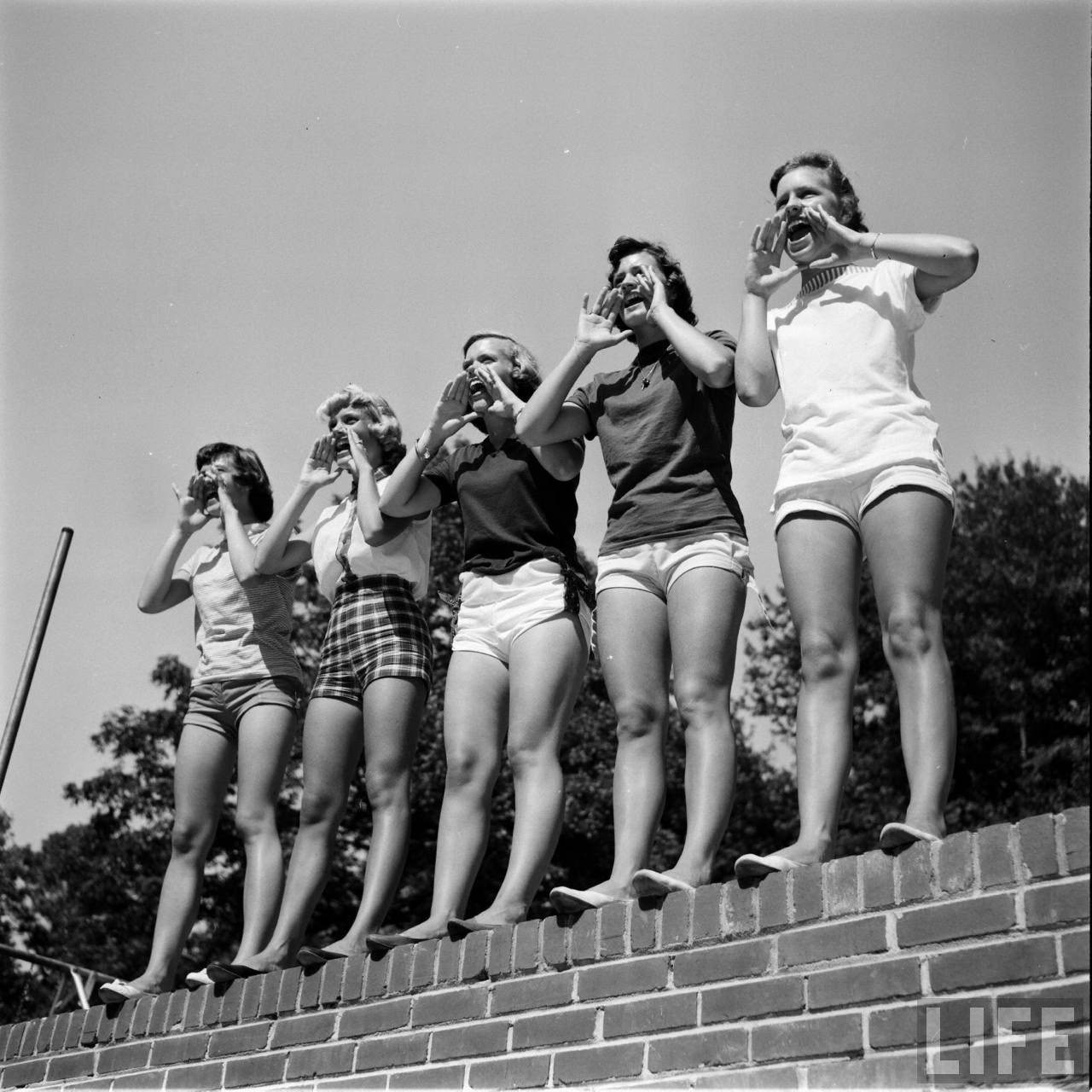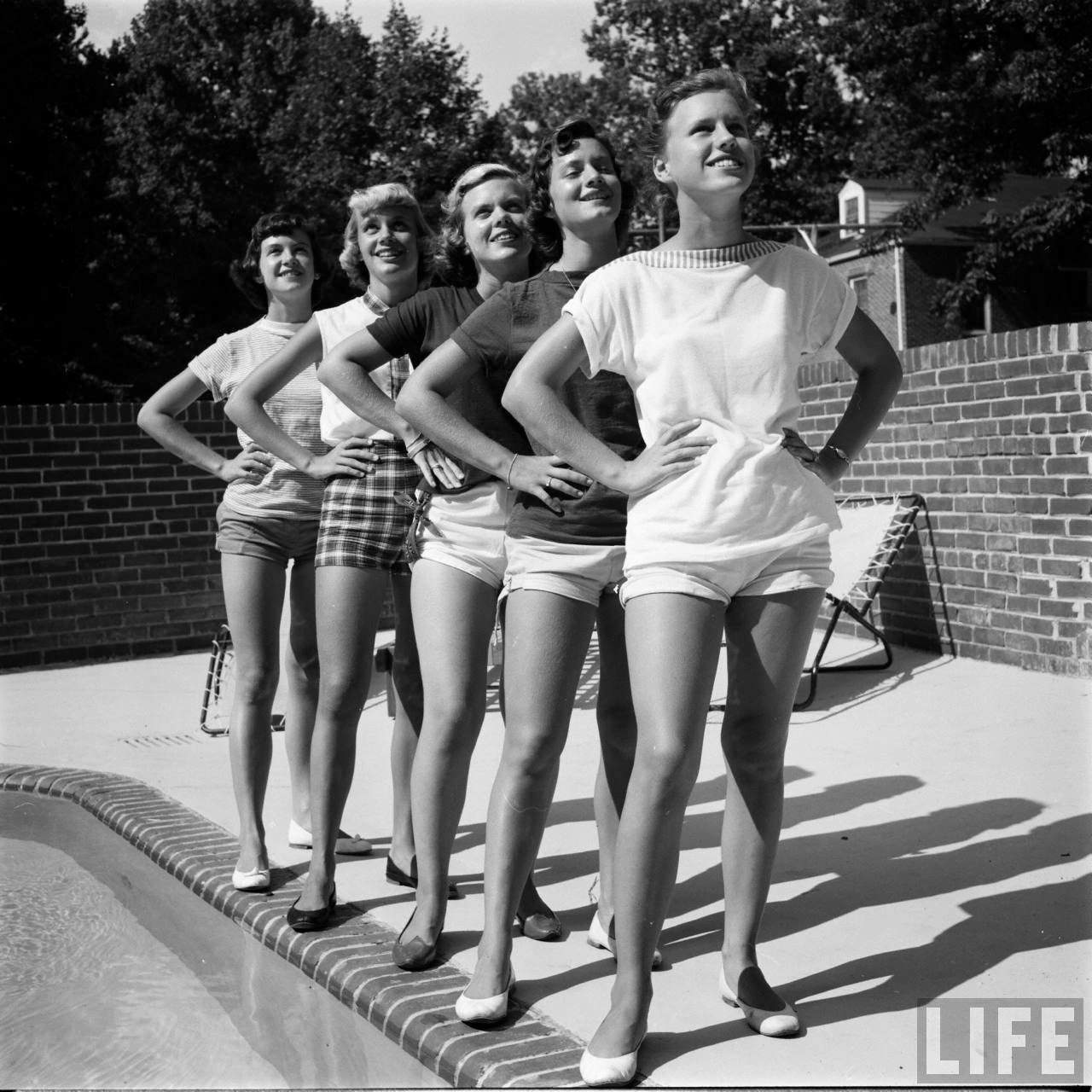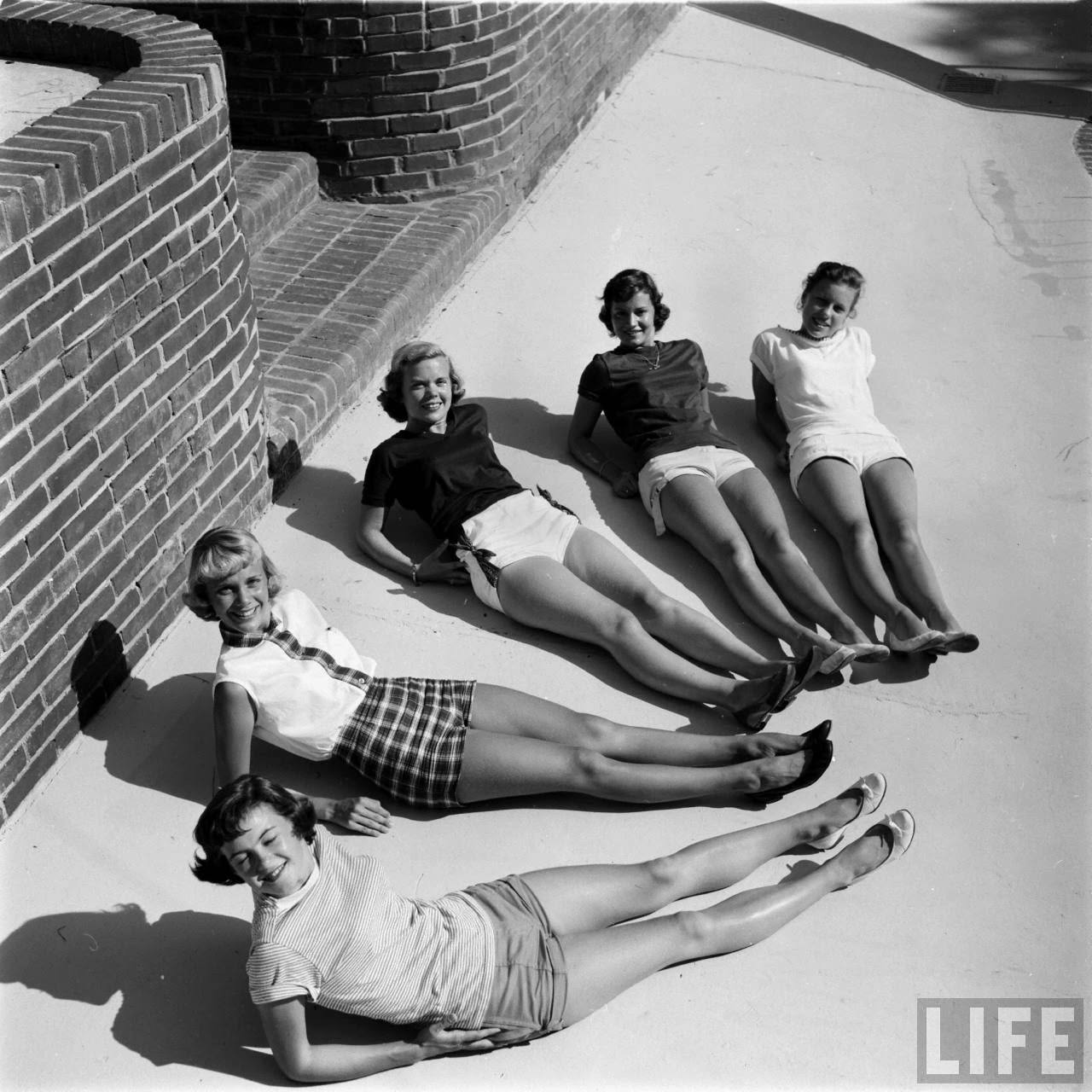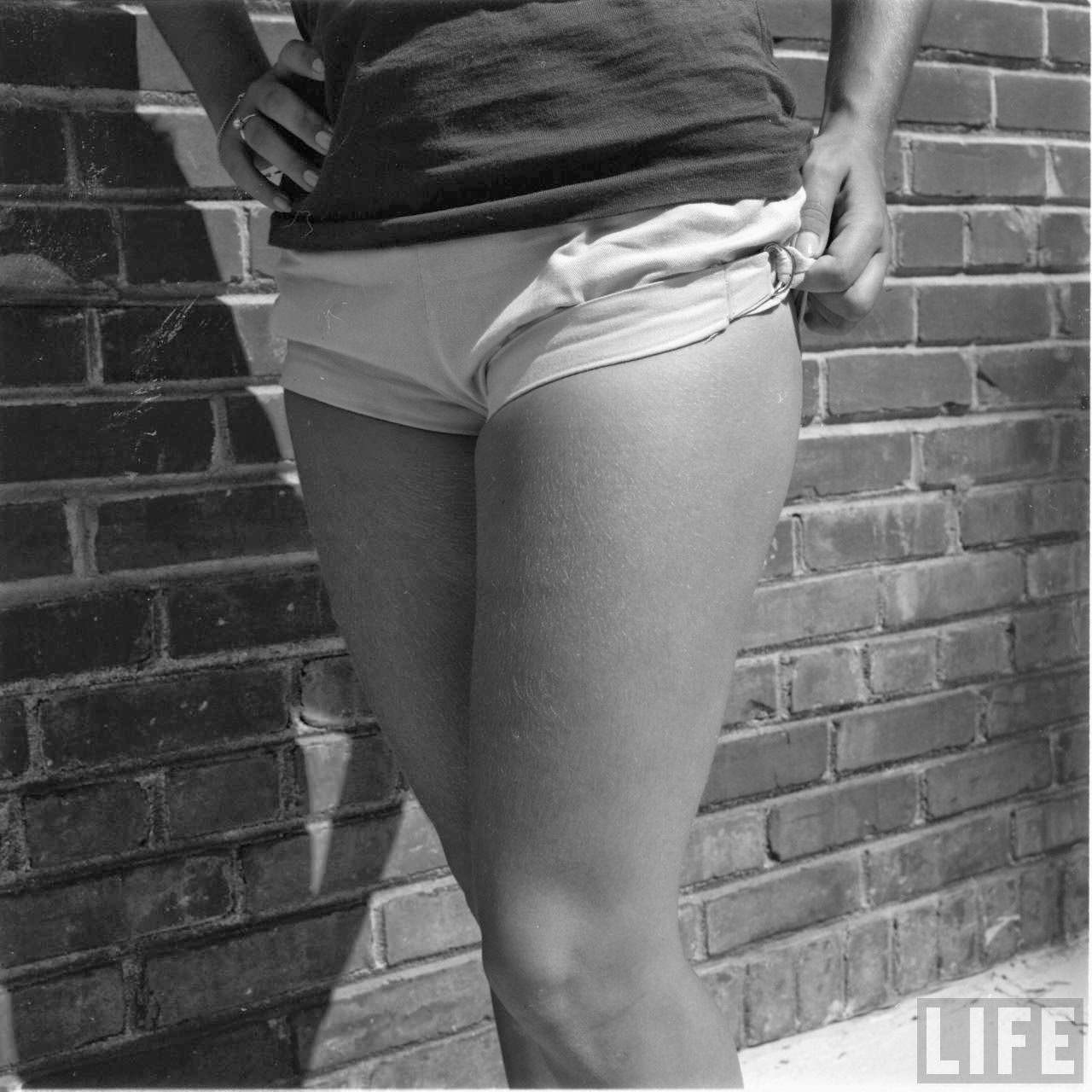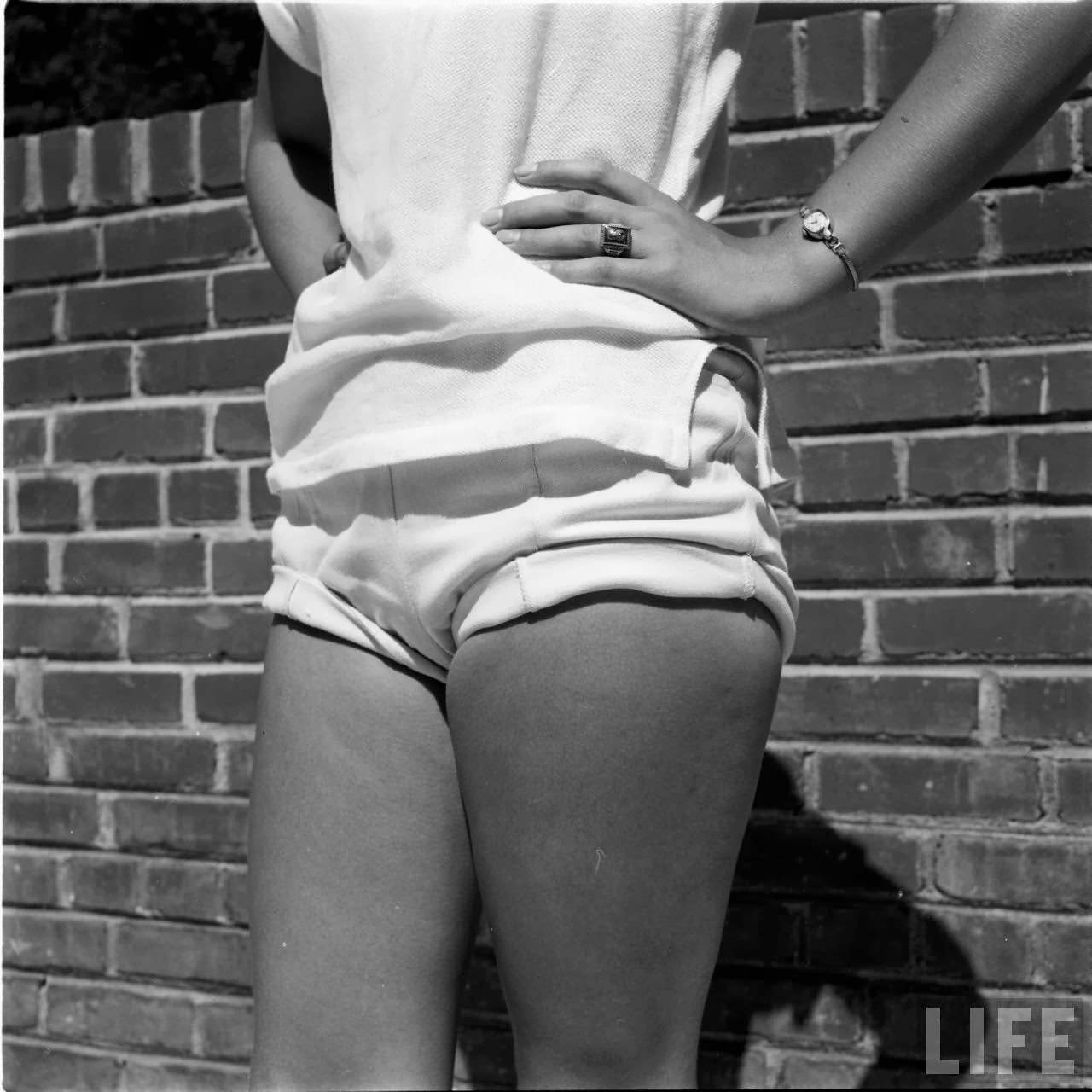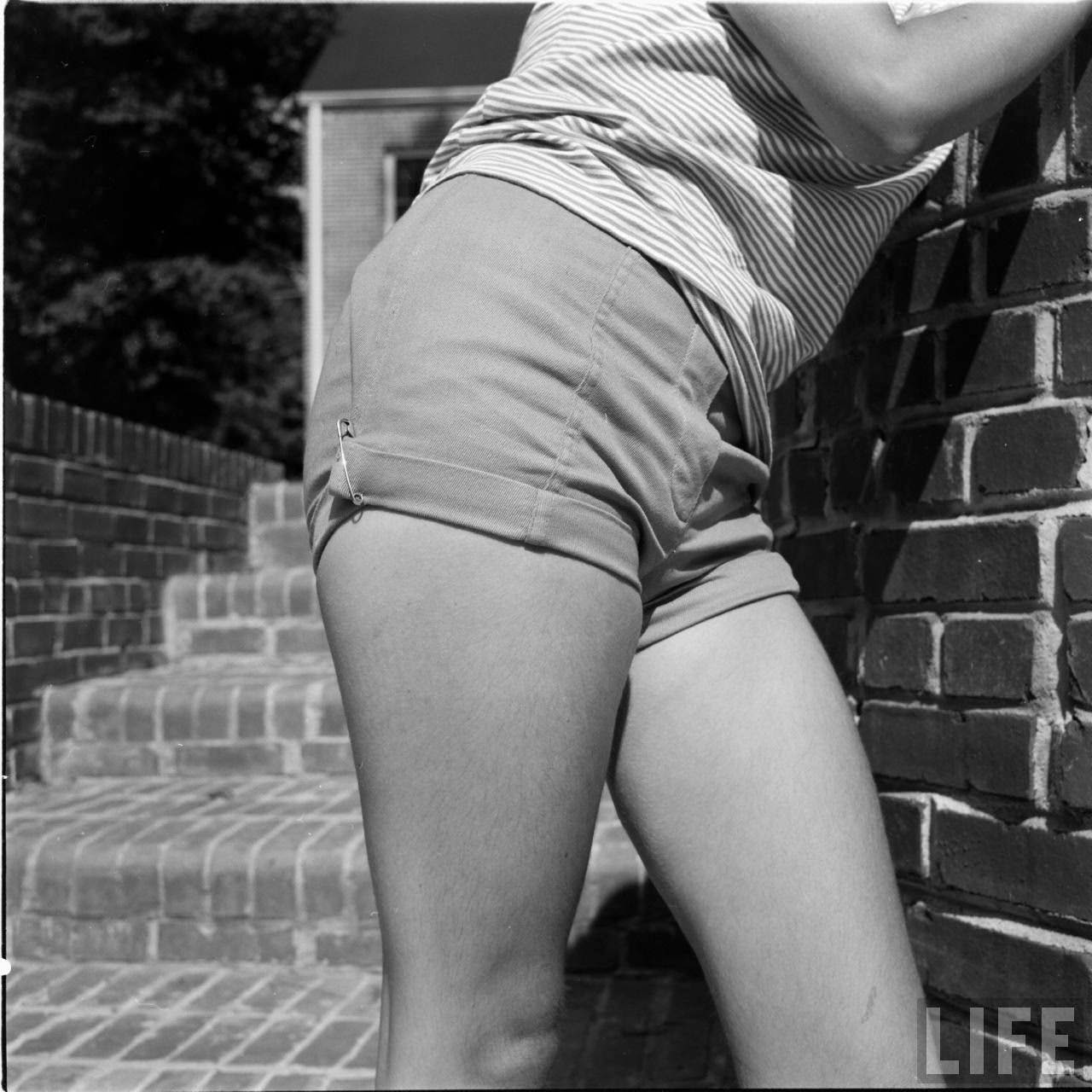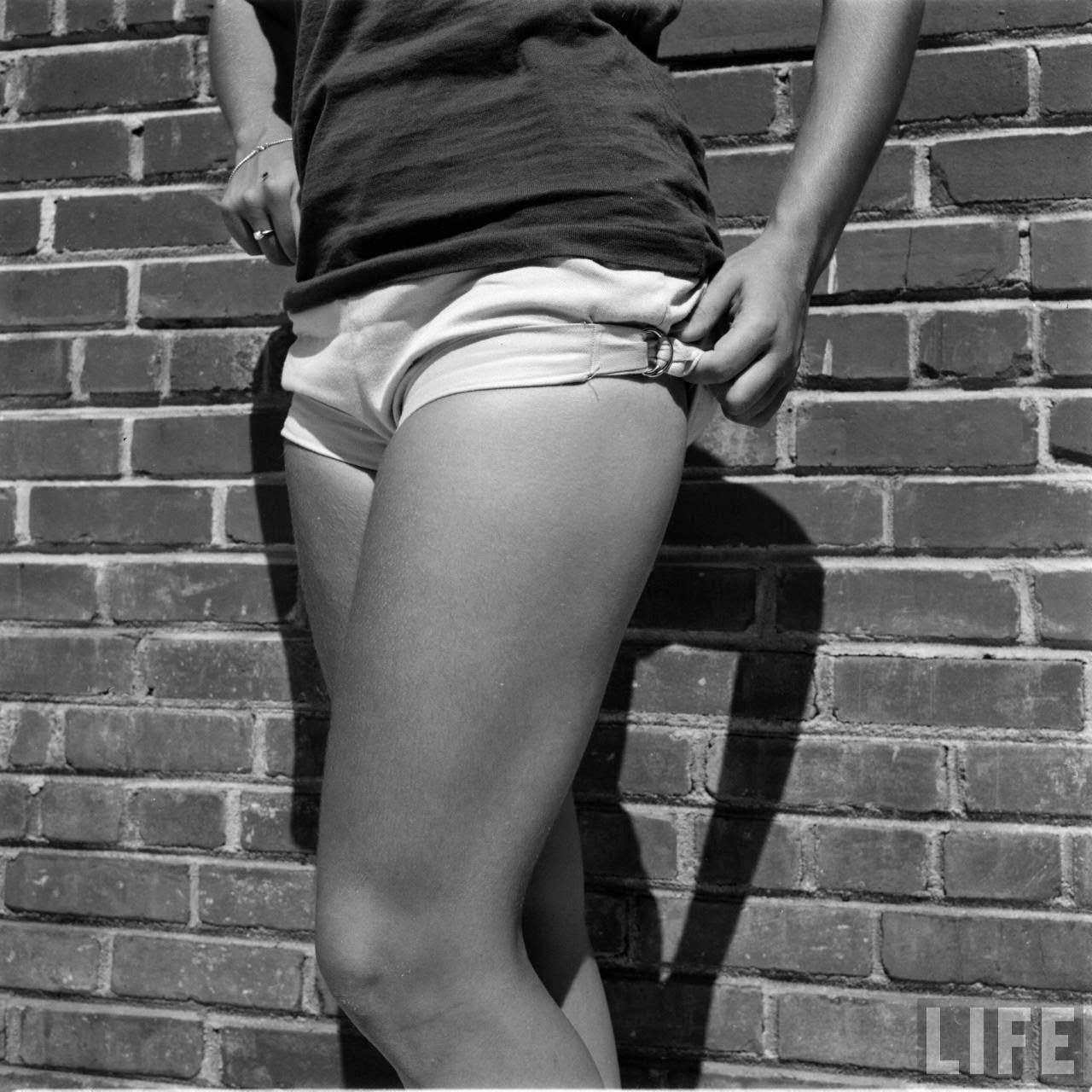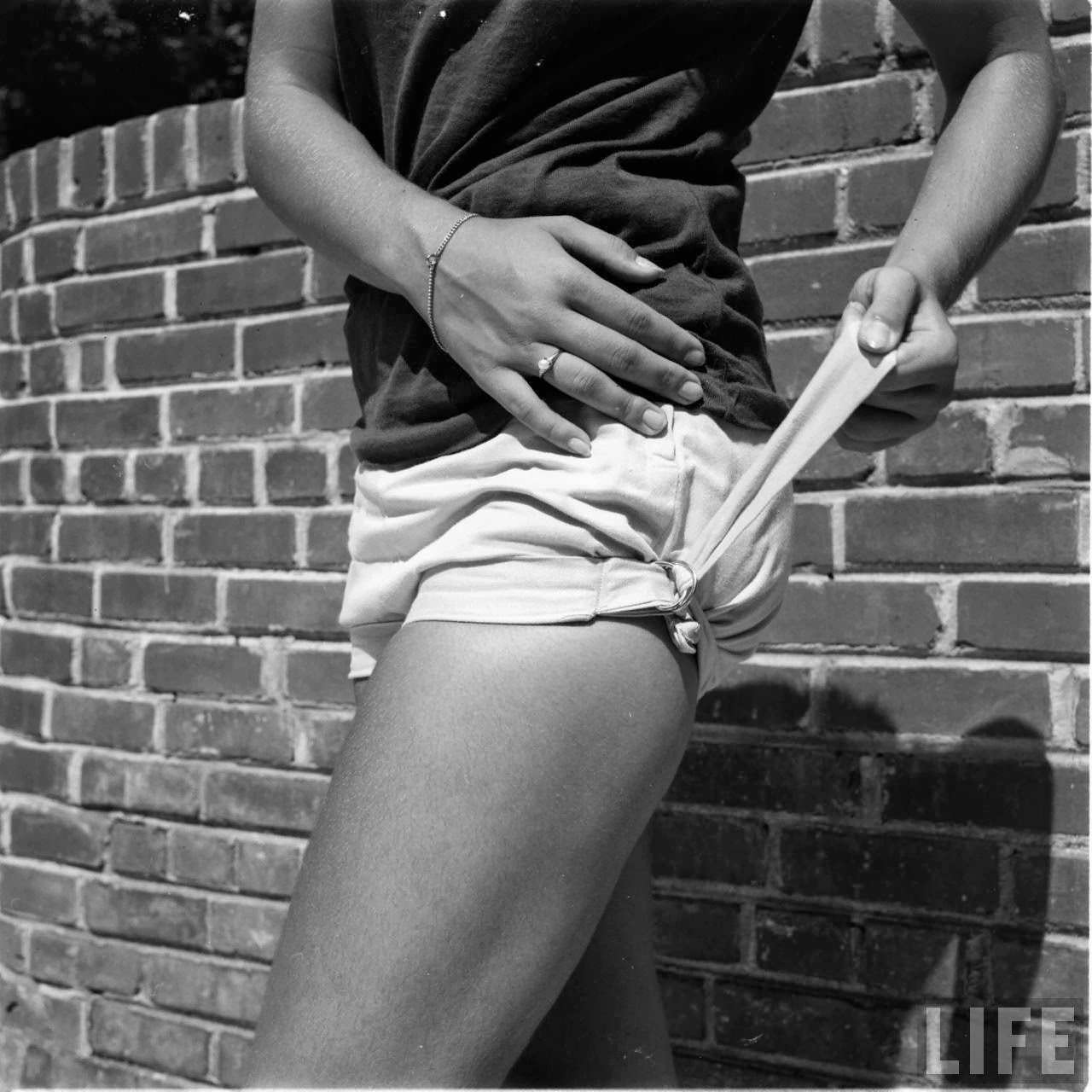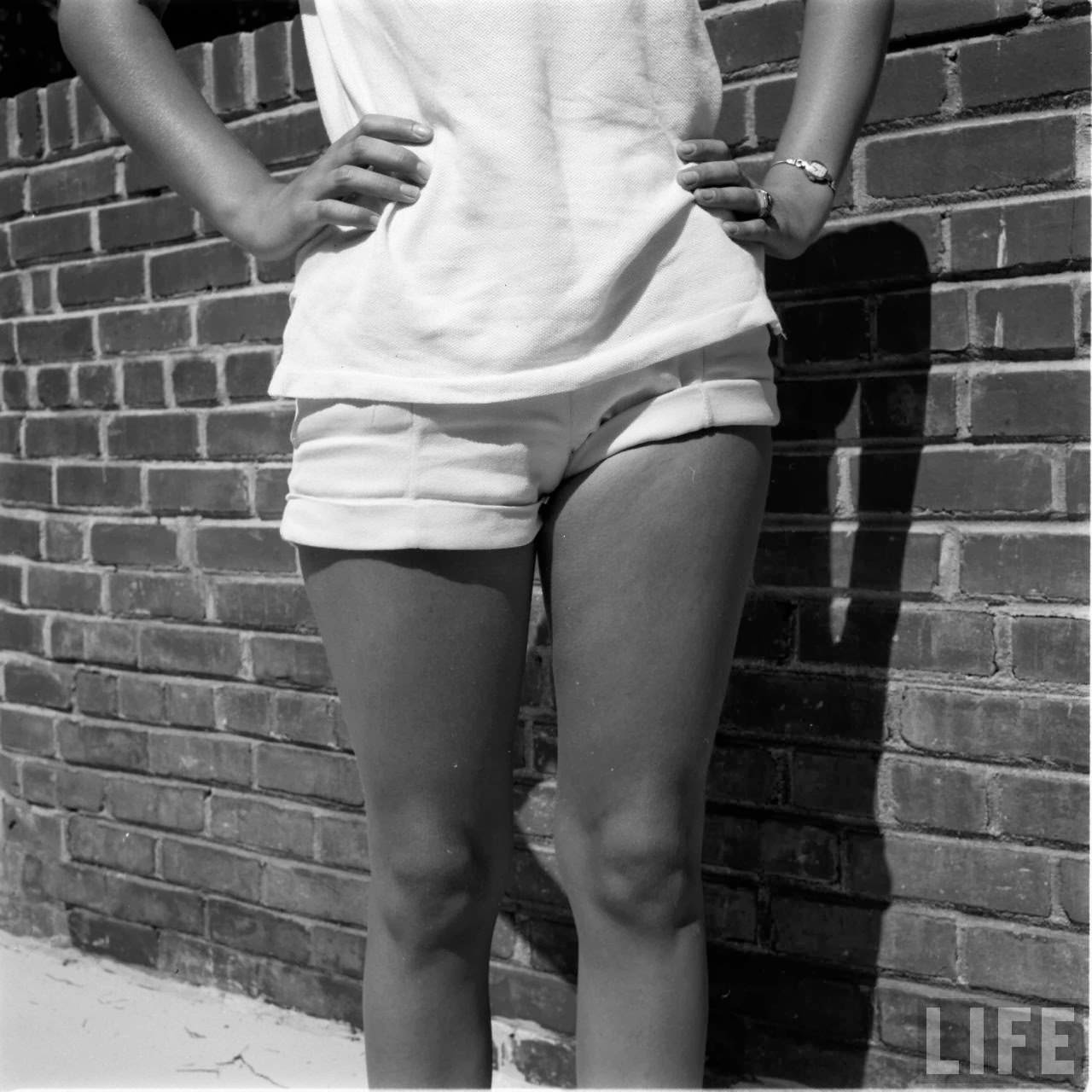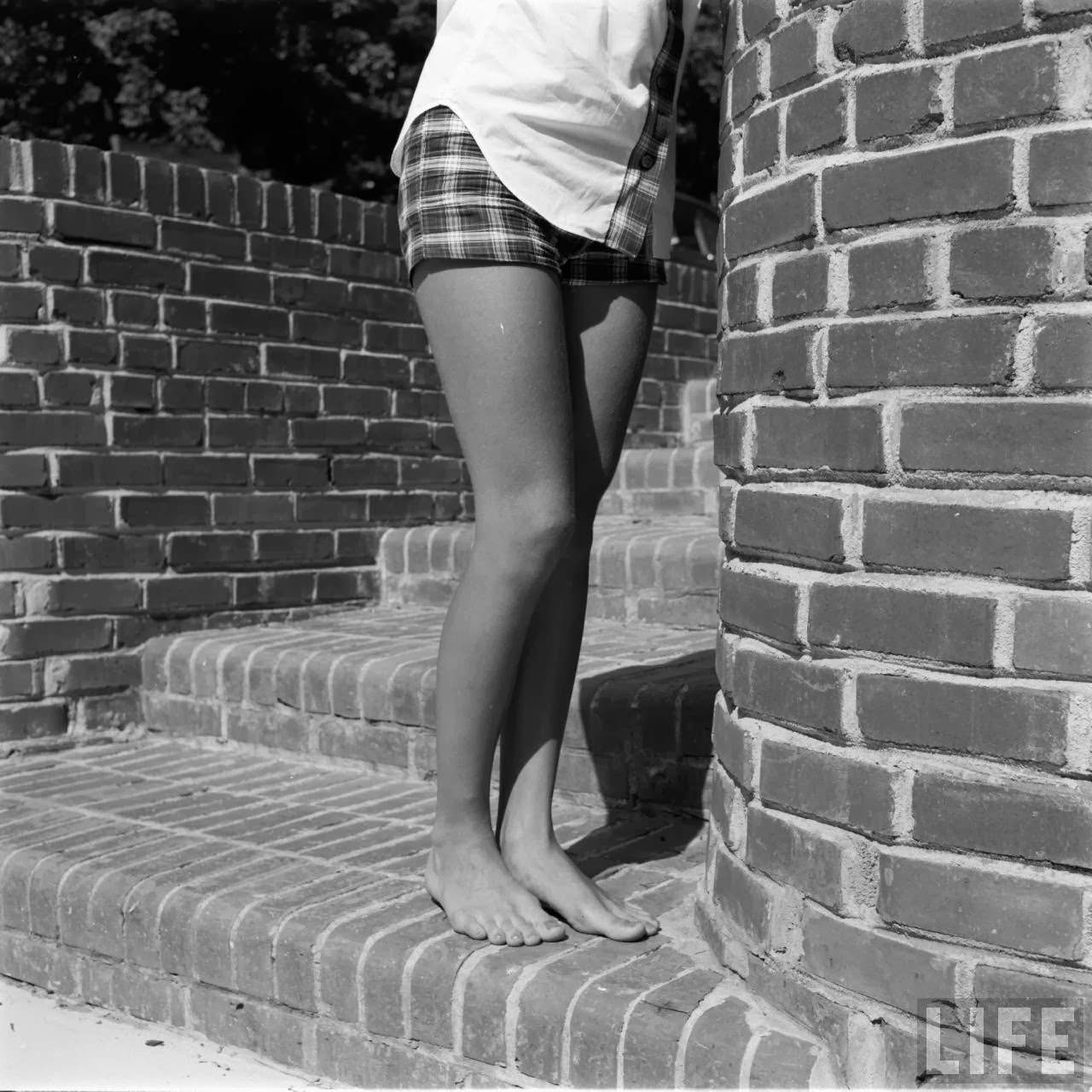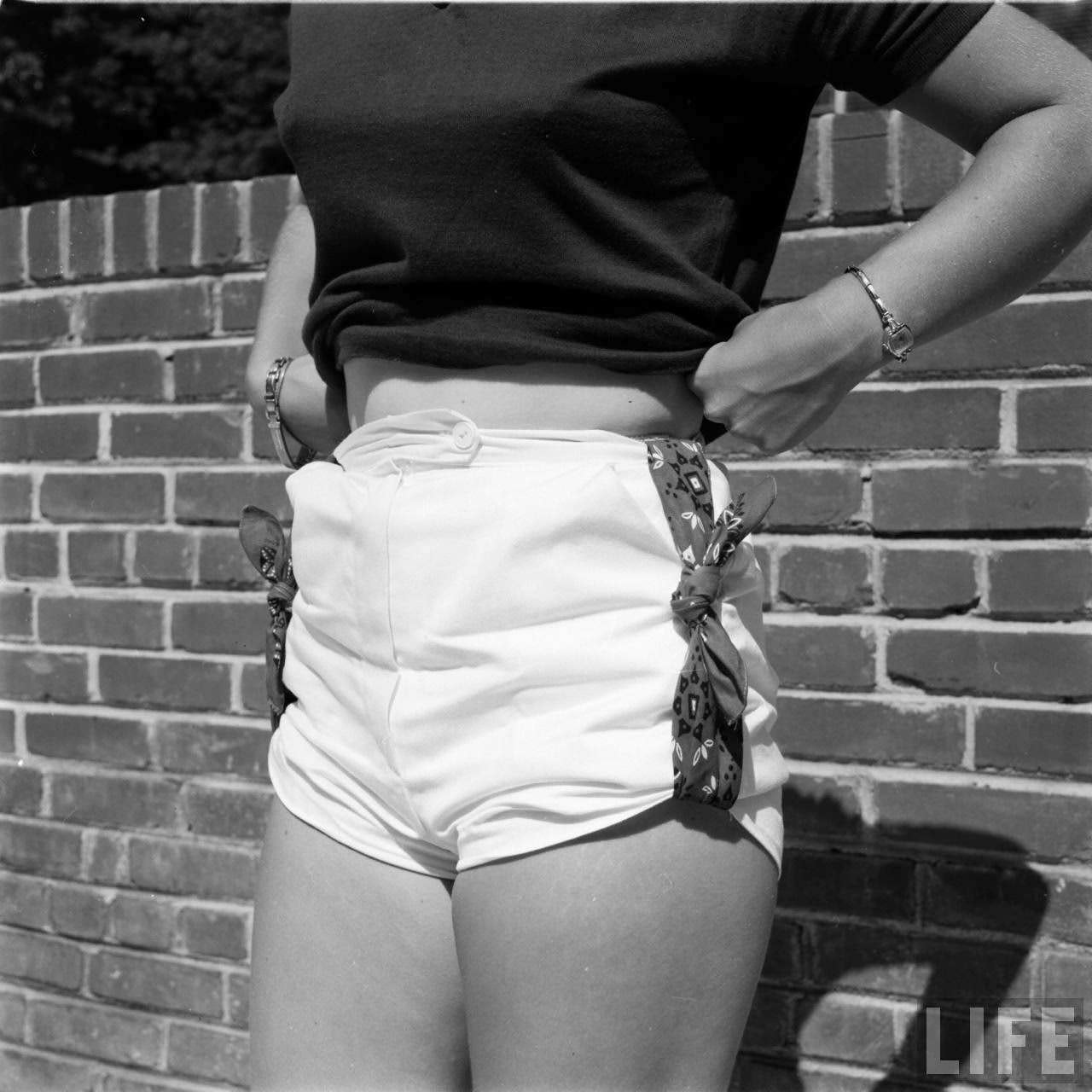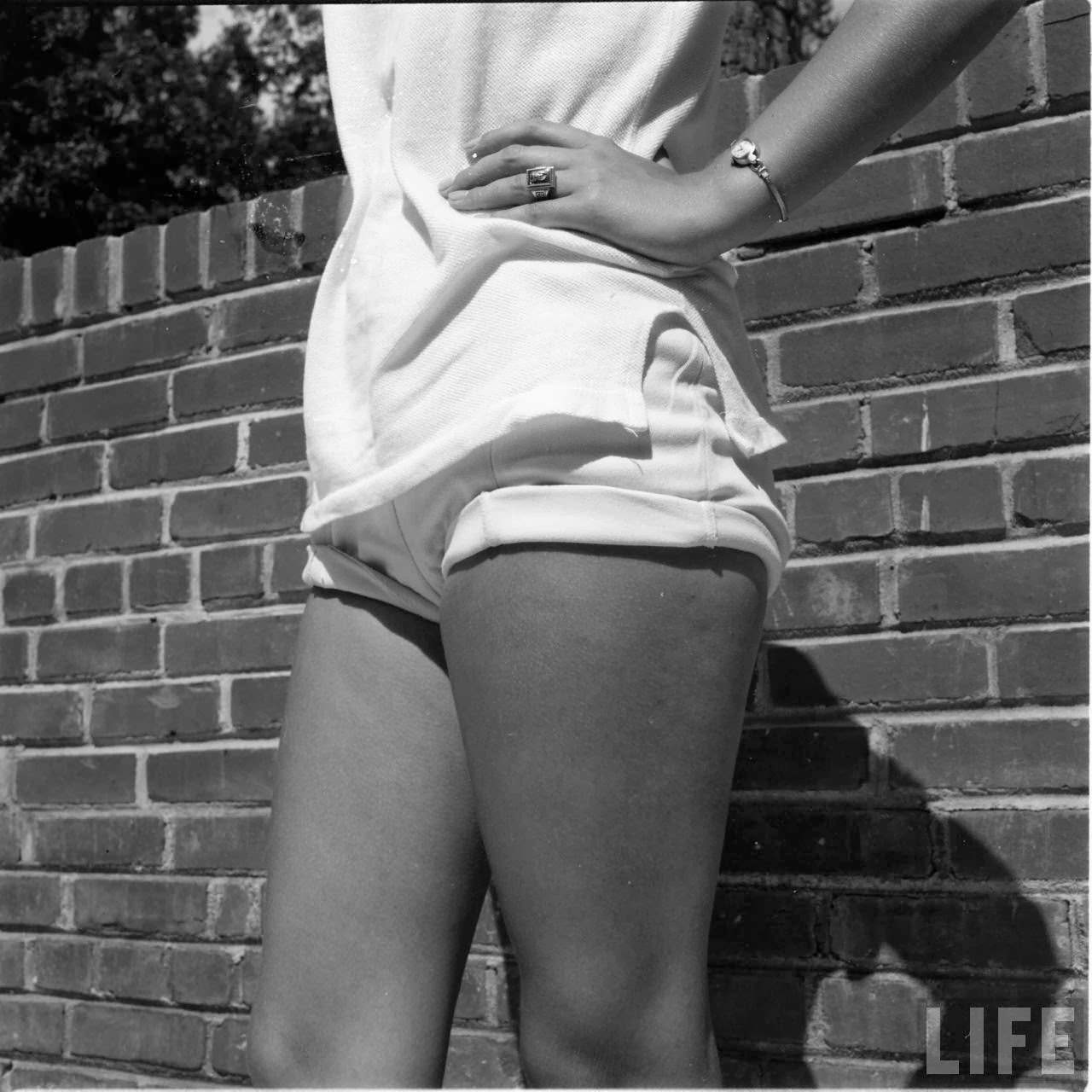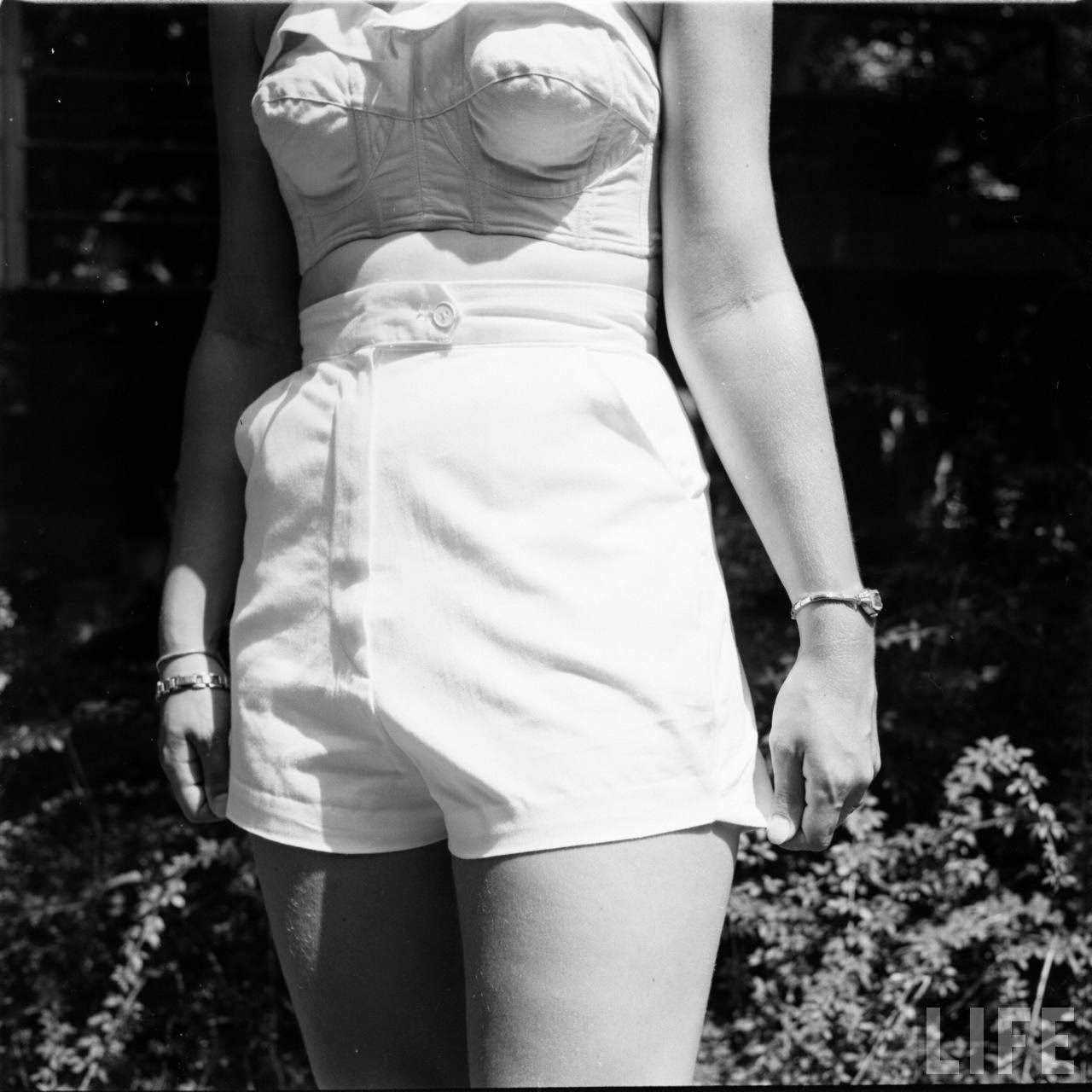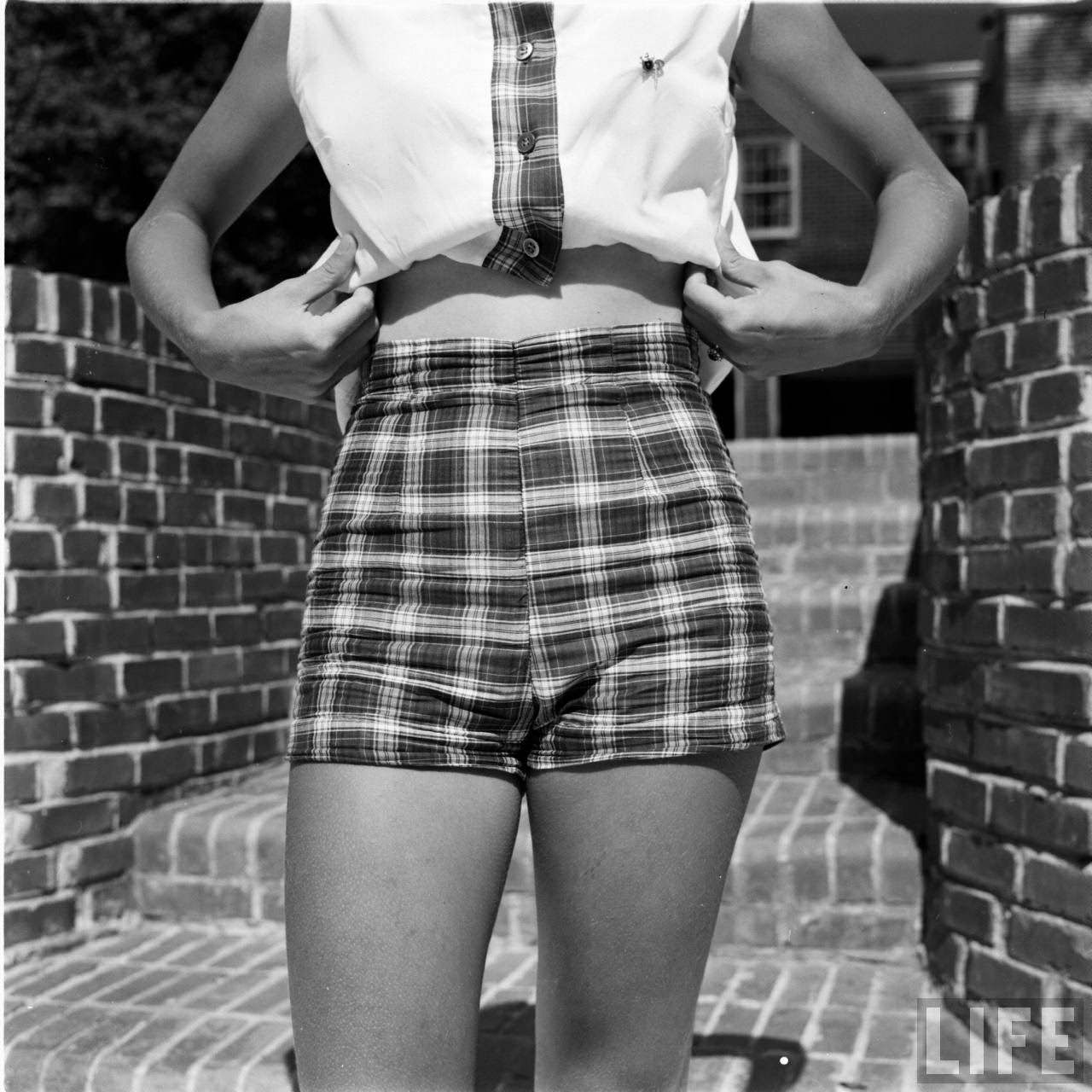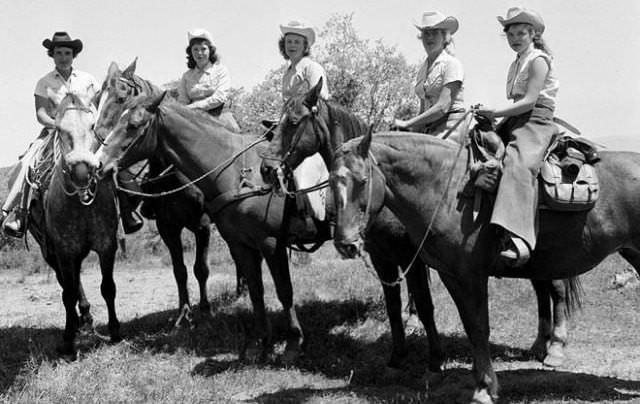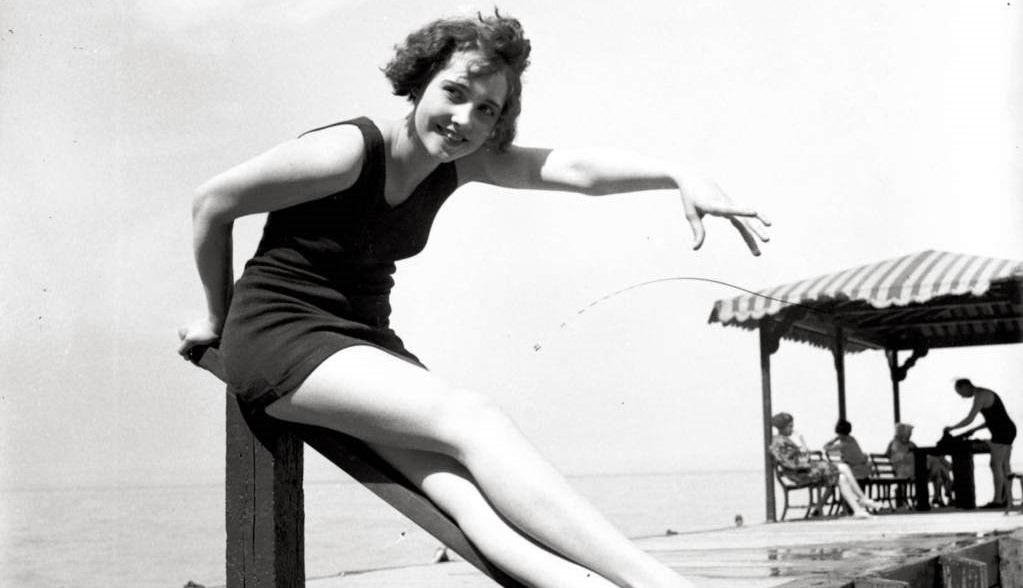In the 1950s, shorts became a part of everyday fashion for women. Before this decade, shorts were rarely worn outside of beaches, sports, or pin-up photo shoots. But during the ’50s, that started to change. Women began wearing shorts for leisure activities like gardening, bicycling, and summer picnics. While still not considered formal wear, shorts were no longer limited to private spaces.
One style stood out during this time—the “short shorts.” These shorts ended about six inches above the knee and were easy to recognize by their high waist and fitted shape. They were often fastened with a side zipper and had a smooth front, without bulky buttons or seams. The high waistline helped shape the body, flattening the stomach and highlighting the hips. This design created an hourglass look that fit well with 1950s fashion ideals.
Photographer Robert Kelley captured this trend in a series of images for LIFE magazine. His photographs showed young women wearing short shorts in casual, everyday settings. In many of the photos, women stood outdoors, leaning against fences or walking along sidewalks, with relaxed but confident expressions. The shorts they wore came in light cotton fabrics, often with playful prints or solid pastel colors. Most of them had wide waistbands and flared legs, allowing easy movement and comfort in warm weather.
Read more
Some short shorts were also called culottes. These versions had wide leg openings and sometimes looked like short skirts when standing still. The flared cut allowed airflow, which made them practical in summer. They offered more coverage than tight shorts, but they still fit closely around the waist and hips. Culottes were often paired with tucked-in blouses or sleeveless tops, completing a polished yet casual look.
These shorts were not only worn at the beach. They became common for backyard barbecues, tennis games, and poolside lounging. While many of the earliest adopters were young women, older women began to wear them too—especially in relaxed settings. The shorts gave freedom of movement while still maintaining a clean and structured silhouette.
The images published in LIFE showed how popular the trend had become among teenage girls and college-age women. Most of the women in Robert Kelley’s photographs wore sandals or canvas sneakers with their outfits. Hairstyles were kept neat, with ponytails or short curls that framed the face. Accessories were minimal—sometimes sunglasses, sometimes a belt or small scarf tied around the neck. These details helped keep the focus on the shorts and their cut.
The use of side zippers was an important part of the design. It allowed the front of the shorts to stay smooth and flat, which worked well under fitted blouses. Because there were no front buttons, the shorts looked sleeker and more polished. This was important in a decade where neatness and order were highly valued in women’s fashion.
Some of the shorts had matching tops made from the same fabric, creating a coordinated look. Others were paired with contrasting tops to show more personality. The high waist meant that shirts could be tucked in without making the outfit bulky. Belts were sometimes added to draw even more attention to the waist.
In Robert Kelley’s photographs, the women stood with straight posture and looked directly at the camera. Their poses were relaxed, but they weren’t shy. The photos were likely taken for a feature on how short shorts were becoming more common among young women. These weren’t pin-up photos. They showed everyday style, worn with ease and confidence.
The materials used for these shorts were usually light and breathable. Cotton and cotton blends were most common. They held their shape but were still soft enough for long wear. Some shorts had pleats in the front or small slits at the sides to make walking easier. Others had sewn-in cuffs to give a sharper edge at the bottom.
Patterns ranged from simple stripes and polka dots to bold florals. Solid colors were also very popular. Most shorts had one or two pockets, either at the front or back. These were small but useful for holding keys or coins. The shorts were not meant for heavy work. They were made for play, for relaxing, and for enjoying the sun.
During the late 1940s and early 1950s, short shorts were still considered daring by many people. But by the mid-1950s, they became more accepted in casual settings. This was partly due to increased interest in health, fitness, and outdoor living. More families took vacations, spent time at parks, and gathered for summer events. Women wanted clothes that looked nice but still allowed freedom to move.
Teenage girls, in particular, were quick to wear short shorts. This age group had more freedom than past generations and was becoming an important part of fashion trends. Magazines, movies, and advertising started to reflect this shift. Young women became more visible in public spaces and had greater influence on what was sold in stores.
Short shorts of the 1950s had a distinct look that separated them from the styles of later decades. The fit was structured but not tight. The fabric didn’t stretch like modern shorts, so everything depended on careful tailoring. Zippers, darts, and seams had to be placed exactly to give the desired shape.


